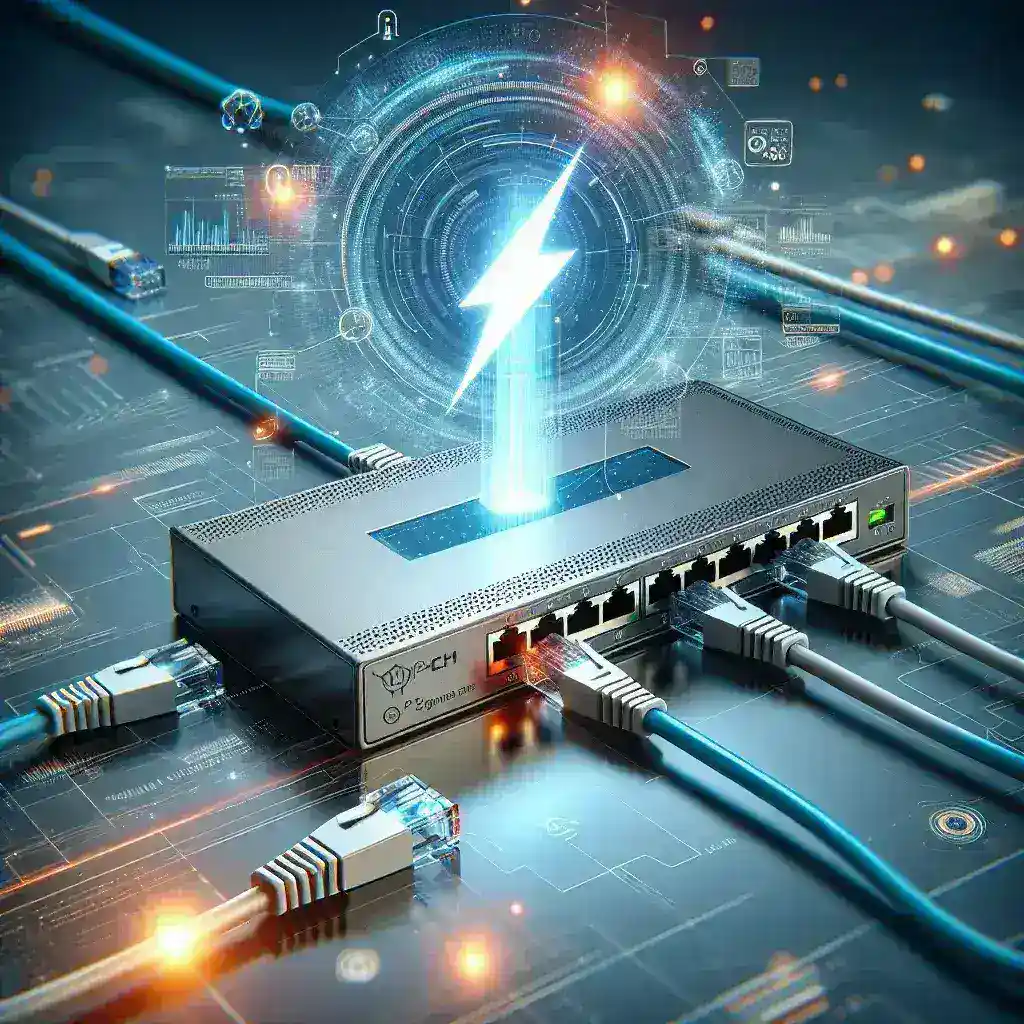Introduction
In the fast-evolving world of networking, the demand for efficient, high-speed connections has never been higher. Amidst various network devices, the Ethernet switch plays a crucial role in managing traffic within a local area network (LAN). A common question that arises is whether a fanless Ethernet switch can support high-speed networks. This article delves into the technology behind fanless Ethernet switches, evaluates their strengths and limitations, and compares them against traditional fan-cooled switches to help you make an informed decision.
What is a Fanless Ethernet Switch?
A fanless Ethernet switch, as the name implies, is a network switch that does not utilize internal fans for cooling. Instead, it relies on passive cooling techniques like heatsinks and efficient airflow designs to maintain optimal operating temperatures. This design choice can significantly reduce noise levels and power consumption, making fanless switches popular in environments where low noise and energy efficiency are paramount.
Advantages of Fanless Ethernet Switches
Fanless Ethernet switches come with several unique benefits:
- Noise Reduction: Ideal for noise-sensitive environments such as offices and homes.
- Energy Efficiency: Lower power consumption due to the absence of fans.
- Reliability: Fewer mechanical parts lead to increased longevity and reduced maintenance needs.
- Compact Design: Slimmer form factor allows for flexible installation options.
Disadvantages of Fanless Ethernet Switches
While fanless Ethernet switches offer several advantages, they also have some limitations:
- Temperature Management: May struggle in high-temperature environments or in densely packed setups.
- Performance Limitations: Limited to certain models supporting high speeds (e.g., gigabit or lower rather than multi-gigabit speeds).
Fanless vs. Fan-Cooled Ethernet Switches
To make an informed decision, it’s crucial to compare fanless and fan-cooled Ethernet switches directly. The following table outlines key differences:
| Attribute | Fanless Ethernet Switch | Fan-Cooled Ethernet Switch |
|---|---|---|
| Cooling Mechanism | Passive | Active (Fans) |
| Noise Level | Virtually Silent | Moderate to High |
| Power Consumption | Lower | Higher |
| Reliability | High (fewer mechanical parts) | Moderate (more moving parts) |
| Size | More Compact | Bulkier |
| Temperature Management | Limited | Effective |
| Supported Network Speeds | Up to Gigabit (most models) | Multi-Gigabit (varies by model) |
Technical Considerations for High-Speed Networks
For those considering implementing high-speed networks, several technical aspects should be considered:
- Port Speeds: Ensure the switch supports the required port speeds (e.g., 1Gb, 2.5Gb, 10Gb, etc.).
- Backplane Capacity: The switch should handle the aggregate capacity of its ports without bottlenecks.
- Latency: Evaluate the switch’s latency to ensure it meets network performance requirements.
- Thermal Design: Ensure the passive cooling design is sufficient for your environment and workload.
Popular Fanless Ethernet Switch Models
Several manufacturers offer fanless Ethernet switches designed to support high-speed networks. Here are a few popular models:
- Netgear GS108E: An 8-port gigabit switch with a compact and fanless design.
- TP-Link TL-SG1008D: Another 8-port gigabit switch, known for its energy efficiency and silent operation.
- D-Link DGS-108: Offers reliable performance with a fanless design suitable for small business and home networks.
Conclusion
Fanless Ethernet switches can indeed support high-speed networks, especially for business or home environments that require quiet operation and energy efficiency. However, it’s essential to assess the thermal management and specific speed requirements of your network. While they may not yet match the cooling efficiency of fan-cooled models, advancements in passive cooling technology are continuously improving their viability for high-speed applications.




Leave a Comment